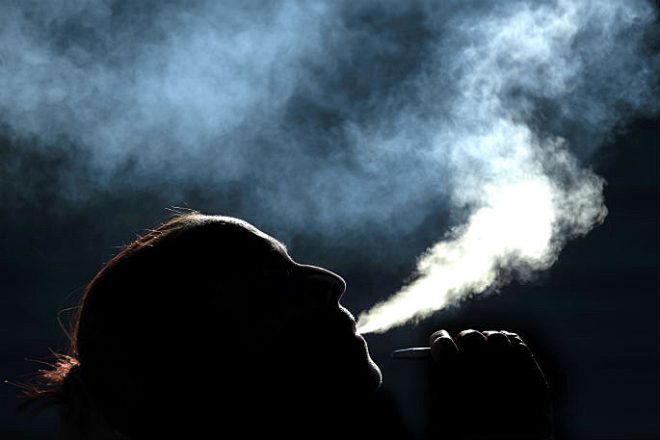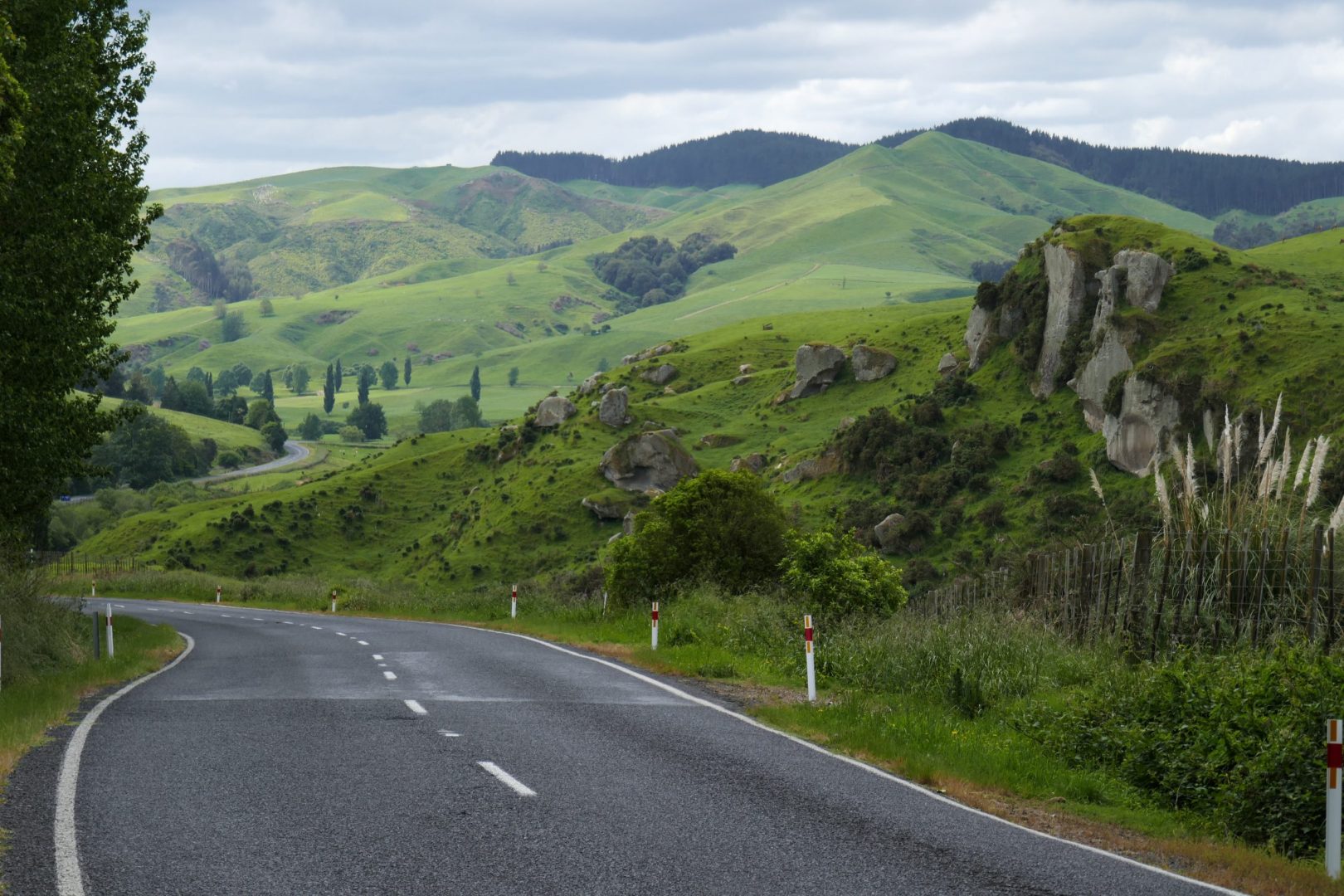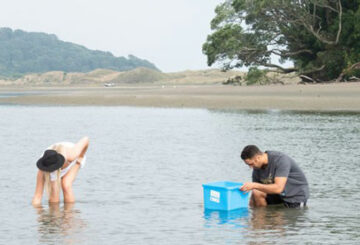Marketing experts believe that vape manufacturers will find ways to bypass new regulations. The government plans to ban disposable vapes by the end of this year to reduce youth vaping. However, some academics think this action will not be effective due to potential market workarounds.
Janet Hoek, a public health professor at Otago University, says reusable vaping products are already being sold at similar prices to disposable ones. She believes this is a loophole that goes against the regulation’s aim to make these products less available and appealing to young people.
Sam Uffindell, Health Select Committee chair and National MP, also expressed concern last month that the industry would simply bypass tighter regulations. He emphasized that any device that could potentially bypass the regulations should be eliminated.
Associate Health Minister Casey Costello admits that the industry is evolving alongside the regulations. She suggests a comprehensive review of the regulations and enforcement regime around nicotine and tobacco products is needed. She also mentioned that previous regulatory changes have seen immediate workarounds from vape manufacturers.
However, Jonathan Devery, chair of the Vaping Industry Association of New Zealand, denies that the industry has been bypassing regulations. He criticizes the previous government’s decision-making and calls for meticulously-drafted legislation and regulation that reduces youth vaping and protects smokers’ access to products.
Costello paused work on changing vape regulations in March to ensure they are correctly implemented. She stressed the need for regulations to be enforceable and consistent across all related products.
Sommer Kapitan, an associate professor of marketing at AUT, says vape manufacturers and retailers will continue to adapt to regulations. She gives the example of dairies setting up specialist vape stores inside their businesses to bypass flavor limits.
Both Hoek and Kapitan suggest reducing the number of vape retailers, but Costello disagrees. She argues that reducing supply does not reduce demand, and the focus should be on addressing demand instead.






























































